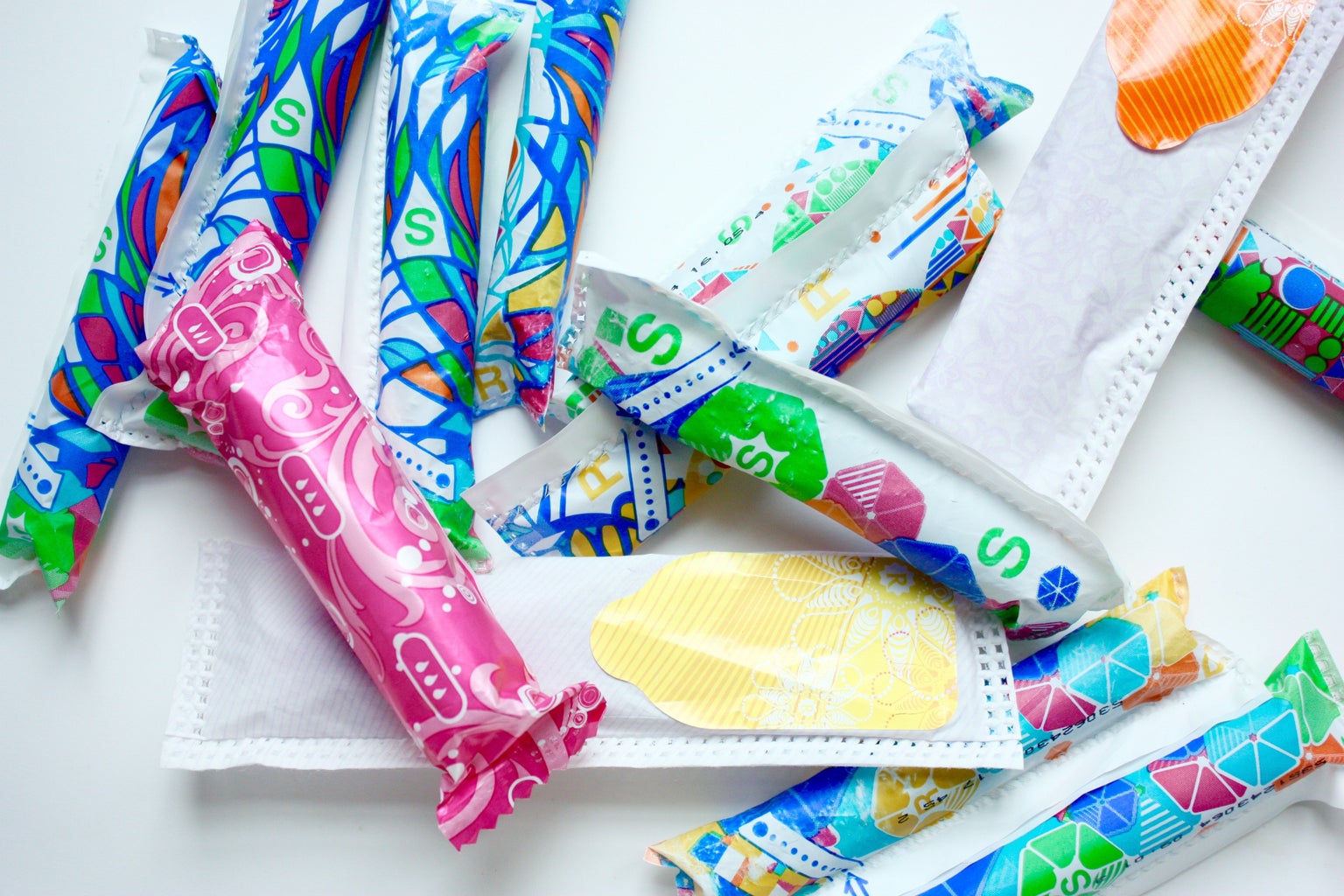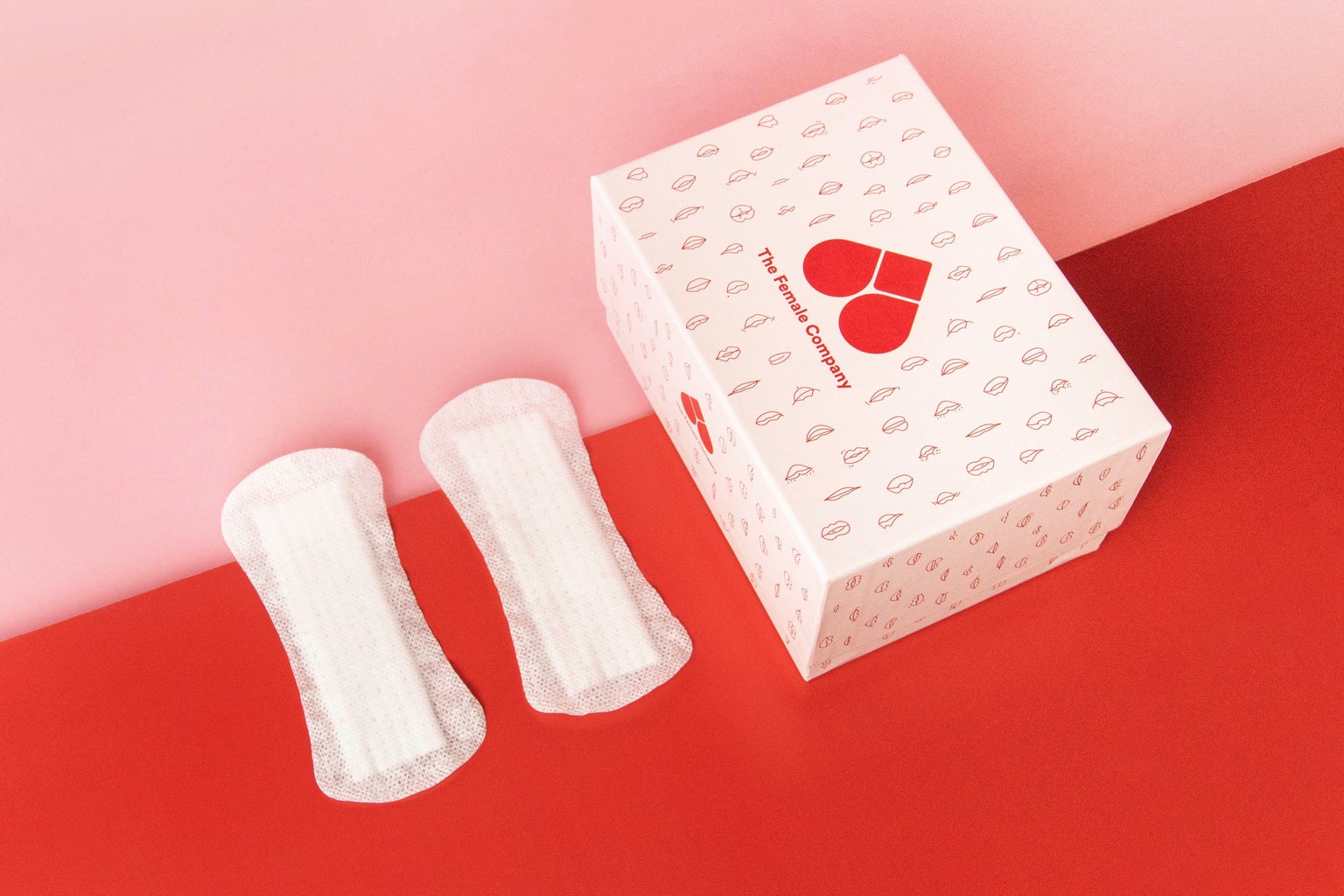As a growing woman, one of the earliest talks I can recall was about puberty. My mother made sure to make me feel comfortable about the idea of menstruating. At one point, I was even anxious to experience the right of passage. Furthermore, I was given a book titled “The Care and Keeping of You: The Body Book for Younger Girls.” The book described everything from body hair to detailed descriptions of how to navigate puberty symptoms in public. However, in hindsight, there was no talk or book that could really prepare for the wretched horrors of womanhood. Menstruating came with more baggage then I could ever imagine. Now, in my 19 years of age, I still find myself looking for tips and tricks to make my monthly surprise less gruesome. One of my most recent discoveries has been menstrual cups.
The menstrual cup is defined as a reusable feminine hygiene product. It has a funnel-shaped structure that is typically made of rubber or silicone. What many don’t know is that the product has been around since the 1800s. An American actress named Leona Chalmers began promoting the product in the 1930s, which allowed for more innovation of the product.
So, why is the menstrual cup becoming so popular now? Well for starters, a typical tampon can last from 4 to 8 hours. The menstrual cup can last up to 12 hours before it needs to be emptied. Additionally, the cup has been proven to be a healthier alternative. Tampons are often associated with toxic shock syndrome or TSS. The condition is even life-threatening. On the other hand, the cup isn’t linked with this risk, and actually preserves the healthy bacteria that is on your vaginal wall. This bacterium, ultimately, protects from vaginal infection. Tampons actually dry out the wall, leaving your vaginal wall unprotected. Everyone’s favorite factor is that the cup is only a one-time annual fee. That means each year you could save $100 that would usually be spent towards tampons. Lastly, cups are more environmentally friendly compared to tampons.

The only complaints that users have come from the cleanliness of the removal process. Since, you would be initially removing a cup of 12 hours of blood, removing the cup can be tricky. If you aren’t able to sanitize the cup immediately after removal, this also increases potential bacteria build-up.
Be sure you are doing personal research on the menstrual cup. There are several elements that go into choosing the right cup. First, speak to your doctor about making the transition. Factors like birth control, blood thinners, and heaviness of your flow determines whether it is really necessary to change your feminine product. Furthermore, continue to be apart of the narrative! As women, it is our duty to normalize these conversations amongst fellow women. The conversation on vaginal health stems deeper than normalizing annual checkups, redefining slut-shaming, and hair removal. We need to start discussing all sanitary products with young girls at a young age to promote their positive body changes. Remember: the more you know, the better you can make decisions for your body! Get educated and spread knowledge.



